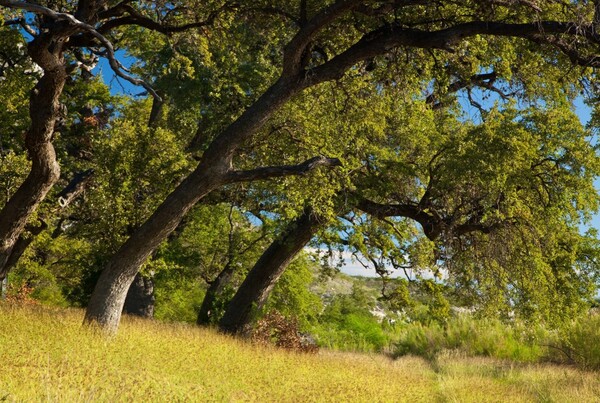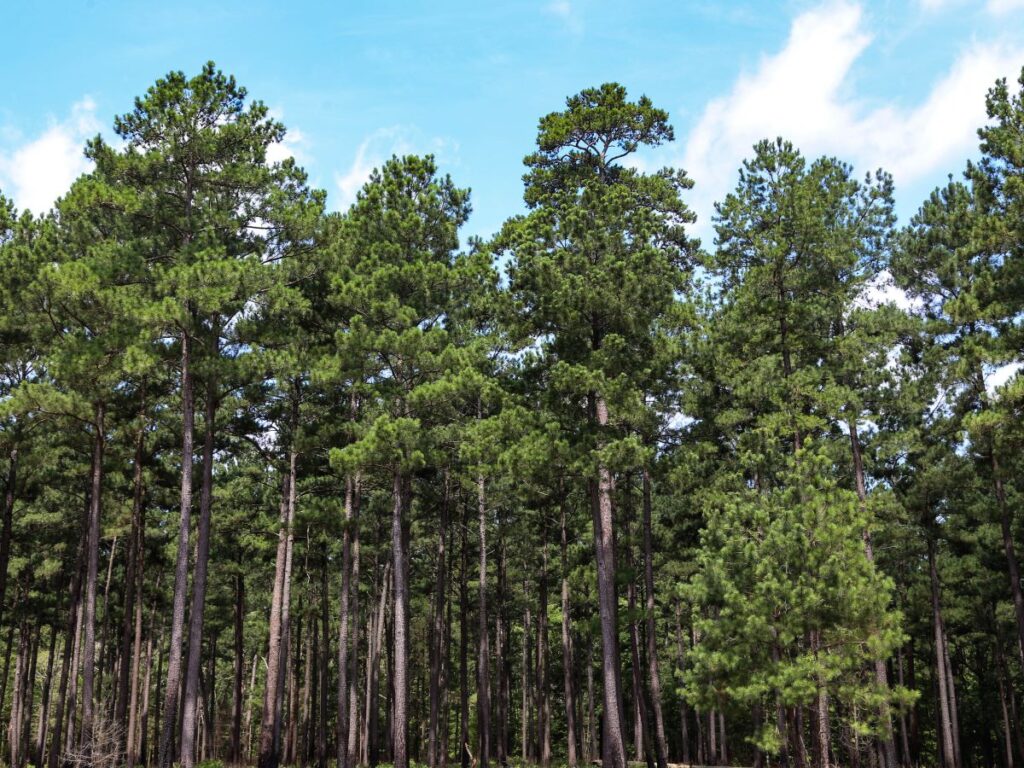The Texas Forest Literacy Plan is a framework for learning about the important role forests play in our state and beyond. It’s designed for all Texans. Students, teachers, families, and communities.

All life on earth depends on healthy forests. The first step to ensure a sustainable future for these vital ecosystems is understanding what they are and how they work.
The framework outlines all essential knowledge and skills you must master to be considered “forest literate” and be adequately prepared to make sustainable decisions about the use and management of natural resources across industries and in everyday life.
Why forest literacy matters
- Healthy Trees, Healthy Lives
Forests help clean air, filter water, and support complex interactions between wildlife, food systems, and humans. They are also a source of jobs and recreation for Texans.
- Building future leaders
Teaching others about forests and conservation helps sharpen student’s communication skills and ensures the next generation is prepared to care for our natural resources.
- Conservation starts with caring
Every Texan relies on the benefits and products of trees and forests. But not all receive education on the fundamentals of forests. The Texas Forest Literacy Plan prepares you to confidently answer:- What is a forest?
- Why do forests matter?
- How do we sustain forests?
- What’s your personal responsibility toward forests?
Who is it for?
Teachers and educators: Access easy-to-use learning progressions, project ideas, and activities in the forest literacy plan supplemental resources.
Land and homeowners: Browse the guide to better understand your land or home’s role and impacts in keeping Texas forests safe and healthy for the next generation.
Community leaders and organizations: Equip yourself with the language and resources you’ll need to educate your community and inspire a deeper appreciation for forests.
Students and lifelong learners: Discover the fundamentals of forests and trees that lead to a deeper connection with the land. From how trees grow and change to the simple actions you can take every day to contribute to a more sustainable future. The forest literacy plan contains everything you need.
What you’ll find in the plan
Get started
1. Download the plan
Access a free digital copy to print at home.
2. Browse the framework and build a deeper appreciation
Match your interests and learning needs with the aligned lessons and activities.
3. Partner up
Reach out to local nature centers, schools, or Texas A&M Forest Service about professionals for workshops, guest speakers, events, or support.
4. Join us in growing forest literacy
By exploring, teaching, and sharing knowledge about forests, we can all help protect one of Texas’s most valuable resources. The Texas Forest Literacy Plan gives you the tools to better understand the world around you—and to inspire others to do the same.

